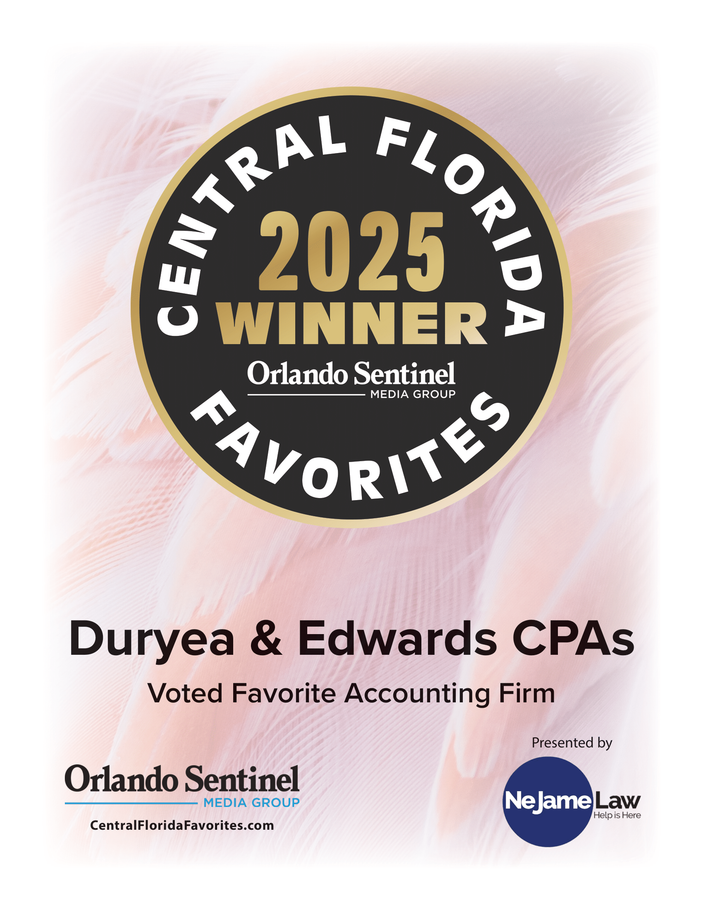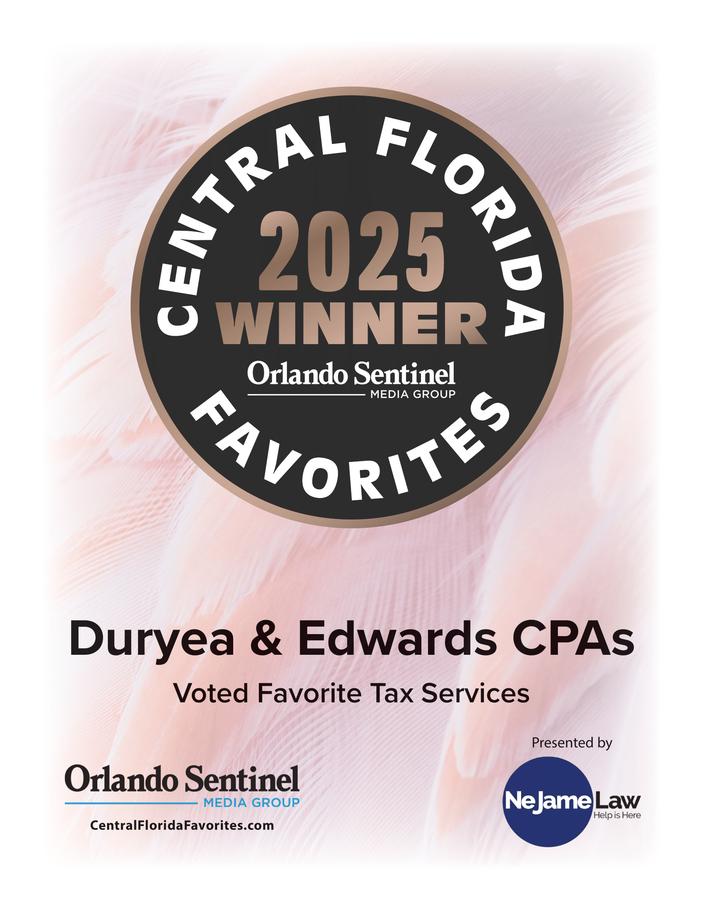Our Proven Approach to Secure Financial Success
Proactive
Tax Preparation
Expertise in Diverse Accounting Services
Commitment to Individual and Business Needs
Services Overview
Why Let Financial Mistakes Hold You Back?
Avoid common financial missteps, costly tax errors, and missed opportunities.

Witness Tangible Success and Financial Growth
Guides
Browse the categories below to discover practical, impartial information that will assist you in achieving your financial objectives.
















